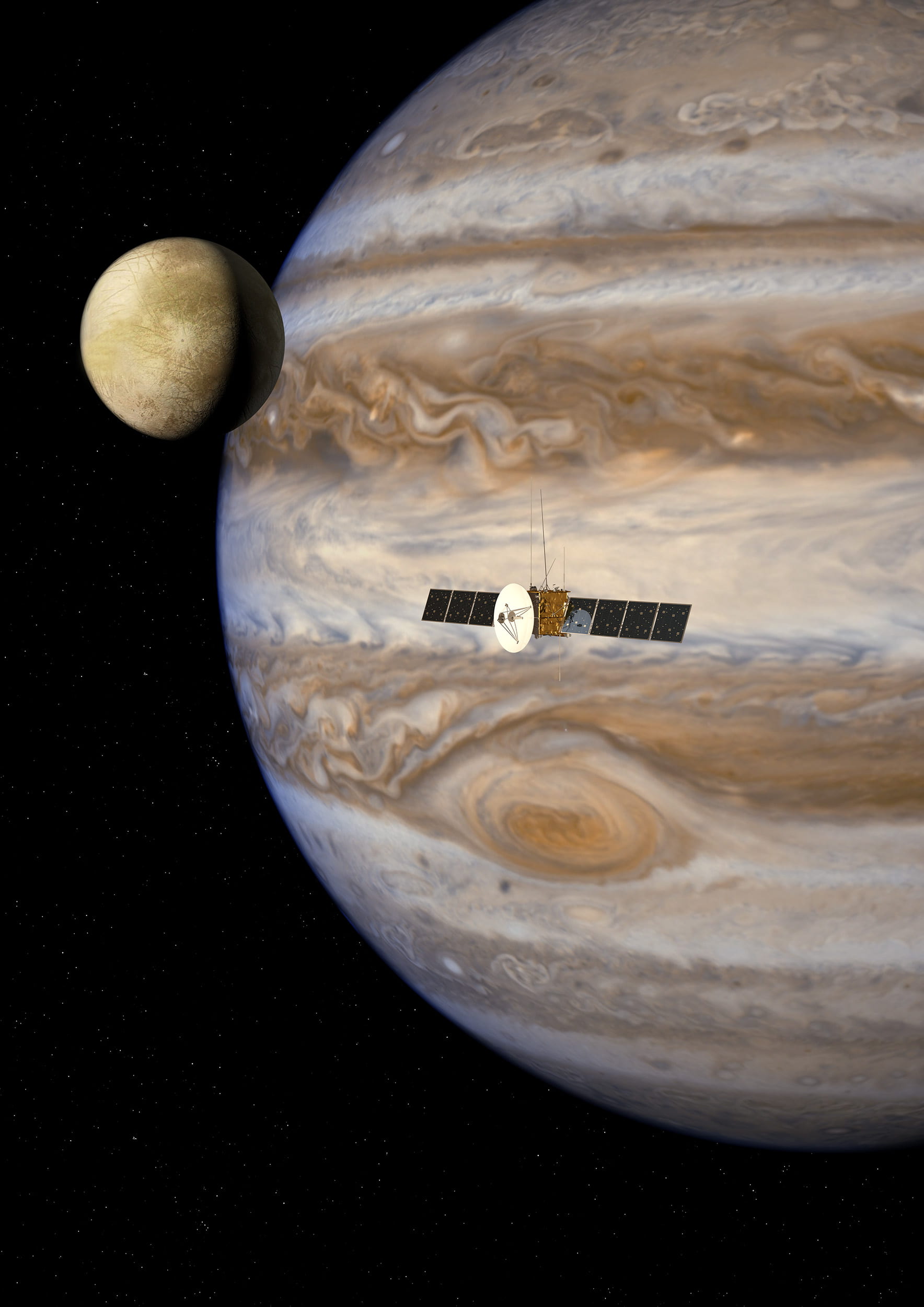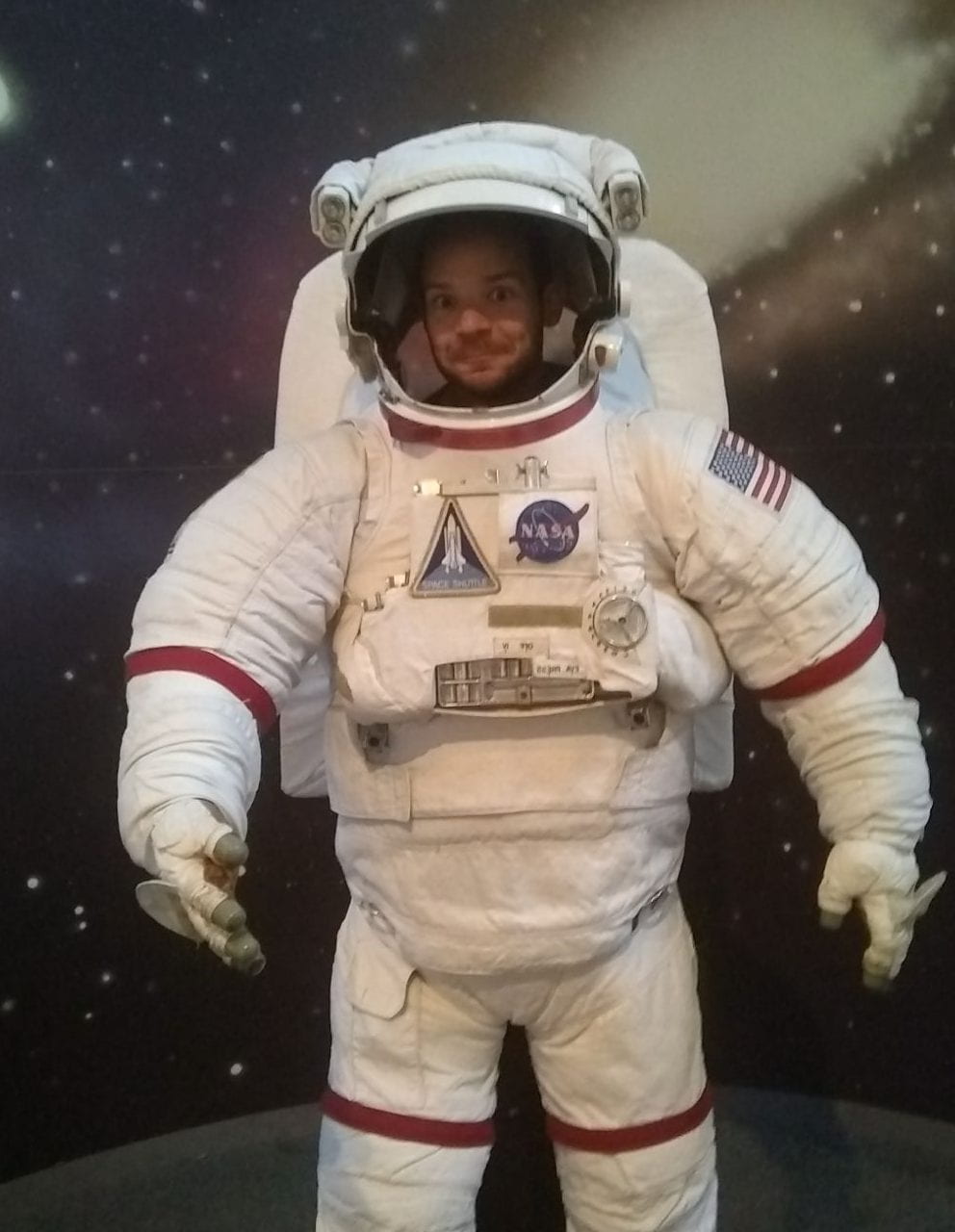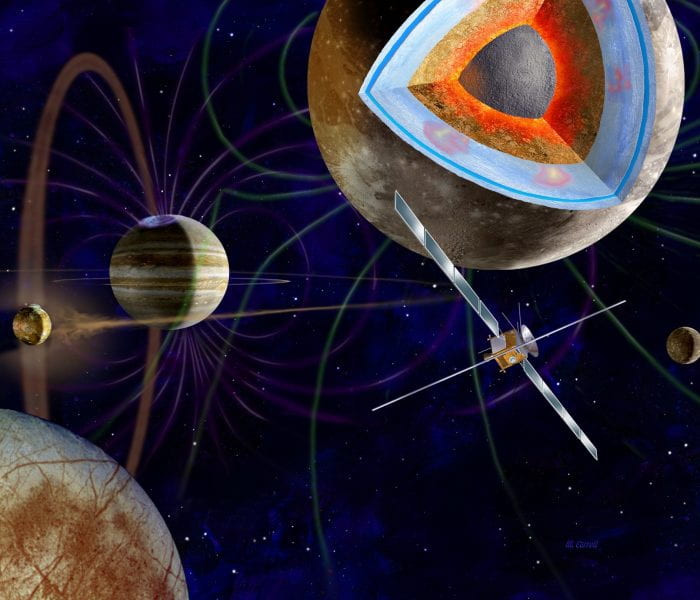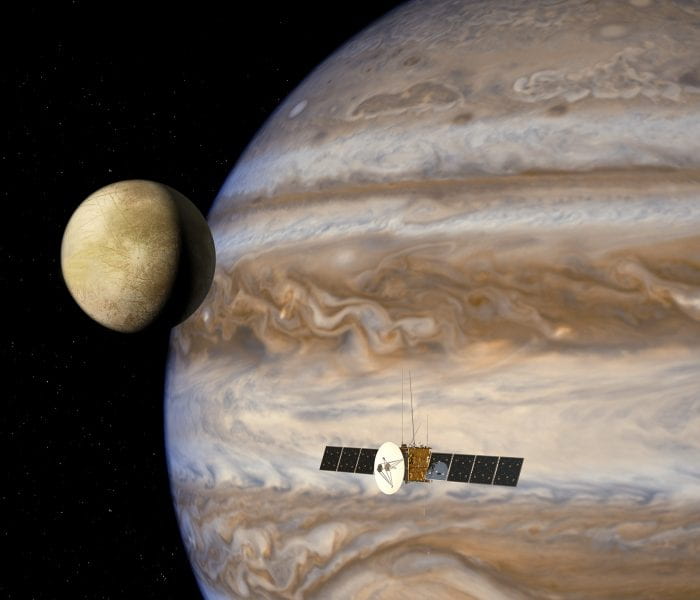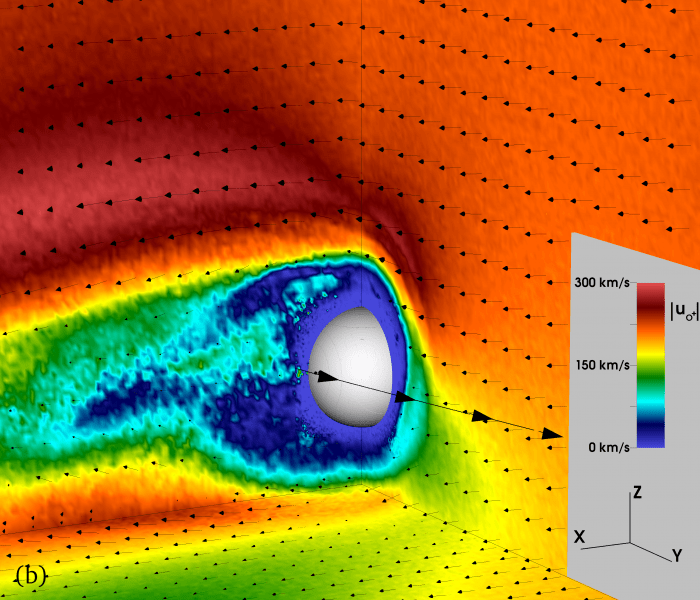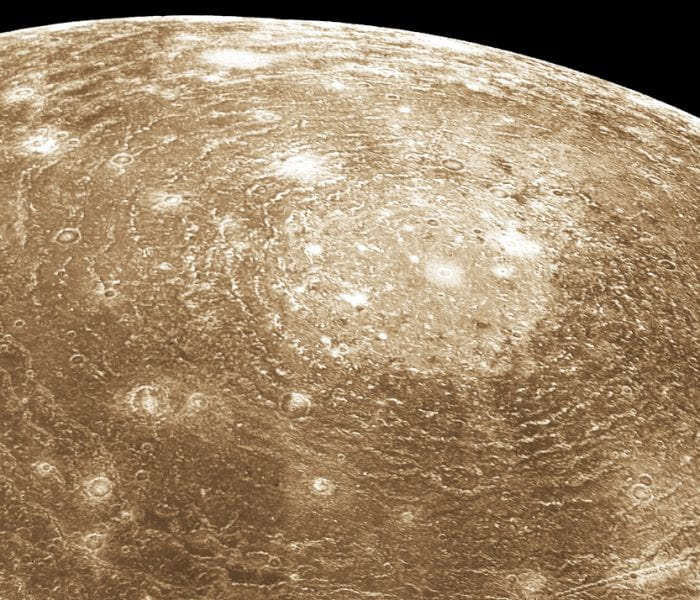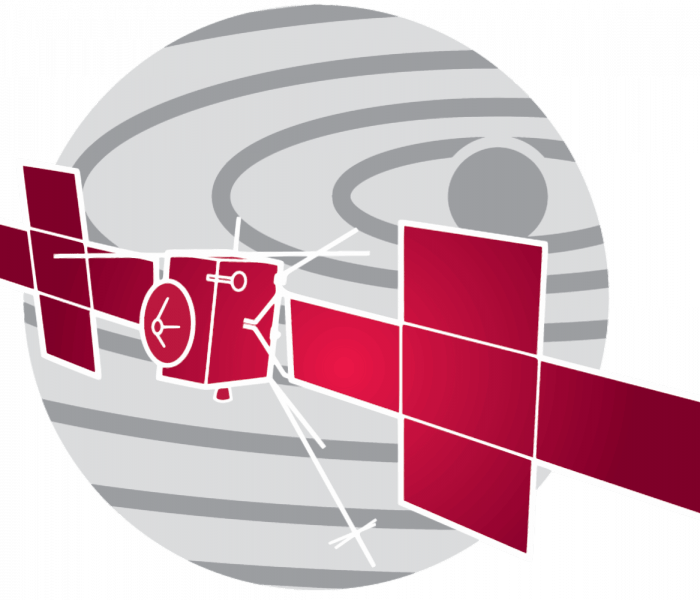Postdoctoral Researcher in Space and Planetary Physics
Peer-Reviewed Publications
Curriculum Vitae
Google Scholar | | ResearchGate | | ResearcherID | | ORCID
This site is no longer maintained. Please click here for latest updates!
Contact Me: Email | | LinkedIn
Hello! My name is Lucas, and I’m a Postdoctoral researcher in space and planetary physics at The Georgia Institute of Technology. I perform computer simulations of magnetospheric plasmas, and determine how they interact with planetary bodies.
Active Research Interests
Callisto: My ongoing research (and my previous dissertation topic) focuses on Jupiter’s moon Callisto. I use hybrid (kinetic ions, fluid electrons) modeling techniques in combination with energetic test-particle simulations to study Callisto’s interaction with the Jovian magnetosphere. By comparing model output to data from the magnetometer, plasma spectrometer, and energetic particle detector data obtained during the Galileo mission to Jupiter, I am able to provide insight into the search for water beneath the surface of Callisto. My research has introduced a method to disentangle signatures of plasma interaction and induction in magnetic field data, which is paramount in determining properties of Callisto’s subsurface, liquid water ocean. My work has also identified a method to identify Callisto’s inductive signature in energetic particle data, which can be used in concert with magnetometer data to help constrain the moon’s inductive response.
I am a science team member of the Radio and Plasma Wave Instrument on board the European Space Agency’s upcoming JUpiter Icy moons Explorer (JUICE) mission. As a team member, I provide modeling support to help determine flyby trajectories that will be optimal to characterize Callisto’s inductive response.
Titan: Not only is Saturn’s moon Titan is similar to Callisto in size, it’s interaction with the Saturnian magnetosphere is highly analogous to Callisto’s interaction. Although the Cassini mission to Saturn has recently ended, there is still plenty of data from Titan flybys yet to be explored.
Pluto: With the New Horizons flyby of Pluto in mid 2015, research on this dwarf planet is as active as ever. Although no magnetometer was on board the spacecraft, plasma data obtained during the flyby is highly useful in the quest to characterize Pluto’s plasma interaction with the solar wind.
Mercury: Due to the end of NASA’s MESSENGER mission and the recent start of ESA’s BepiColombo mission, interest in Mercury is at an all-time high. I am actively working with colleagues to understand Mercury’s interaction with the solar wind as well as the feedback of its interaction on the planet’s inductive response.


